Since you probably already know that I make 99% of my own salad dressings, it’s no surprise I’ve made yet another one from that new cookbook. This one an Italian style.
We had a big group on our boat for dinner, mostly family, but also friends. I really don’t cook on the boat – the galley is so small, the equipment is minimal and the oven either works on high or low – nothing in between, and the tiny grill won’t cook enough for more than 4 people. Cooking on the boat isn’t fun for me, so I went to a local San Diego restaurant chain, Filippi’s, and got a big tray of ricotta lasagna with meat sauce. On the several occasions when I have ordered lasagna from them, I request their marinara sauce, but this time I decided to try the meat sauce. I could have ordered their green salad, but salad is such a no-brainer, I decided to just make a dressing and Dave bought a big bag of lettuce stuff. Very simple. The lasagna was the star of the meal anyway.
The recipe came from that new cookbook I’m in love with – Vinaigrettes & Other Dressings: 60 Sensational recipes to Liven Up Greens, Grains, Slaws, and Every Kind of Salad. This time I chose a dressing that was mostly a tart vinegar-based one, since that’s what we generally get when we order green salad in an Italian restaurant, right? This one has a red wine vinegar base, and all I can tell you is that the dressing will only be as good as the quality of the red wine vinegar. I chose one I had in my pantry that was fairly mild – it had a thin quality to it, so my dressing didn’t turn out very ruby colored. If I had used some of the very dark vinegar, I’m sure it would be reddish in color and it would have a more intense red wine taste too. The recipe doesn’t call for using a blender (just a jar, combine and shake), but I wanted the shallots to be really finely minced, so I did use a blender for that and the garlic. Besides, when you do it in a blender, it will emulsify much better
The photo shows the dressing when it was 2 days old, and it hadn’t separated, so the blender did good work for me! I made the dressing according to the recipe (shallot, garlic, vinegar, salt, EVOO, pepper and Italian herbs – oregano and thyme). Then I tasted it. The balance of oil to vinegar was mostly okay, but it was more acidic than I wanted. Adding a tetch more oil didn’t do it, so I chose to add about a tablespoon of sugar. Definitely not something most people would want to do with an Italian dressing, but I liked it MUCH better that way. If you decide to make this, it’s your choice whether to add the sugar or not. I’ve made it optional in the adapted recipe below. Definitely it’s not authentic.
The base recipe doesn’t include lemon juice, garlic or herbs, and the author includes 2 variations: (1) this one, and (2) a richer one with anchovy paste and lemon juice. I did a little combination – since I like lemon juice and had some fresh squeezed in the refrigerator anyway, plus the garlic. Didn’t add the anchovy paste as our 6-year old grandson would be there, and although he’s very adventurous about food, I thought the anchovy might be a turn-off for him. Next time I might try it.
What’s GOOD: great, basic Italian dressing. Liked the addition of the sugar, though it’s not authentic. A real Italian might berate you if they figure it out! Keeps for at least a week.
What’s NOT: nothing at all.
printer-friendly CutePDF
MasterCook 5 file and MasterCook 14 file
* Exported from MasterCook *
Ruby Vinaigrette
Recipe By: Adapted slightly from Vinaigrette and Other dressings (Jordan) 2013
Serving Size: 6
1 small shallot — or red onion
Kosher salt to taste
2 whole garlic cloves — minced
2 tablespoons red wine vinegar — (use very good quality)
1/2 cup extra virgin olive oil
Freshly ground black pepper to taste
2 teaspoons Italian herbs — dried (oregano & thyme)
1 teaspoon fresh lemon juice
1 tablespoon sugar — scant (or Splenda) [optional – my addition]
Notes: this version made my way in the blender – can also be made in a jar and shaken – just mince the shallots and garlic very, very fine. The original recipe (the “base” recipe) doesn’t use garlic, herbs, or lemon juice. The sugar was my addition. Another variation includes anchovy paste, or a couple of anchovy fillets, if desired.
1. Start the blender on low and drop in the shallot and garlic. Whiz until finely minced. Add salt, then gather the remaining ingredients while you allow garlic and shallot to marinate in the salt.
2. Add the red wine vinegar, herbs, pepper and sugar, if using. Blend until smooth, scraping sides of any shallot & garlic if needed.
3. Through the screw top slowly add the EVOO, blending on low. It may spatter – if so, put a towel over your hand. Taste the dressing – add more oil or vinegar if needed. Pour into a jar and allow to sit for about an hour to allow the flavors to develop.
Per Serving: 171 Calories; 18g Fat (92.7% calories from fat); trace Protein; 3g Carbohydrate; trace Dietary Fiber; 0mg Cholesterol; trace Sodium.





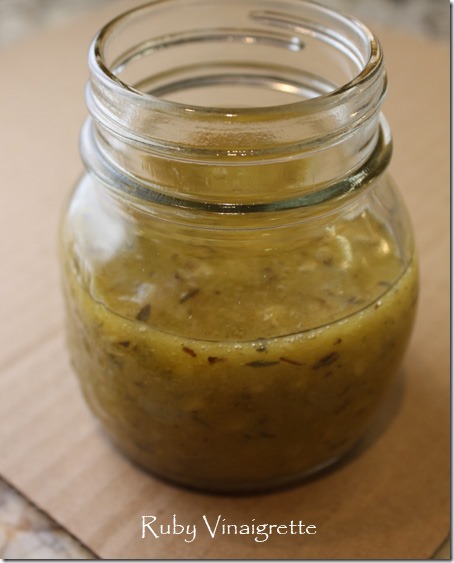


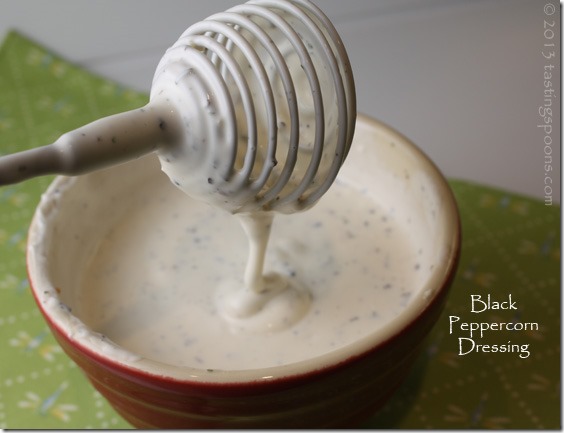
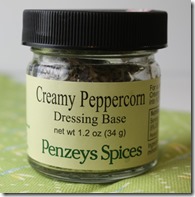
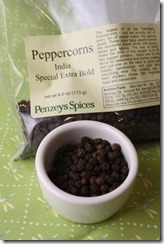
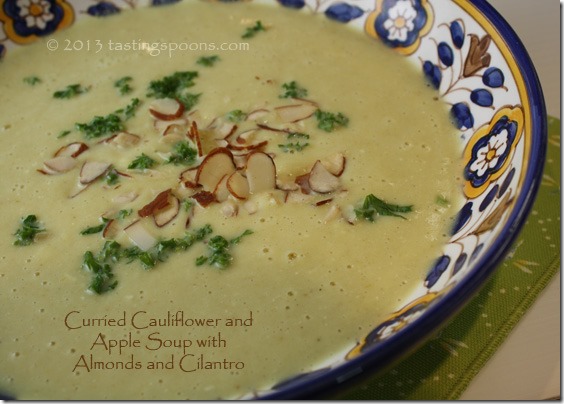
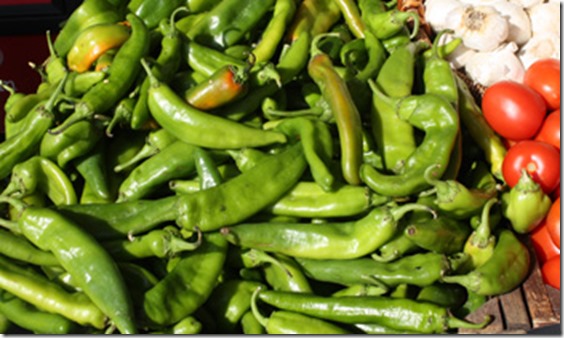
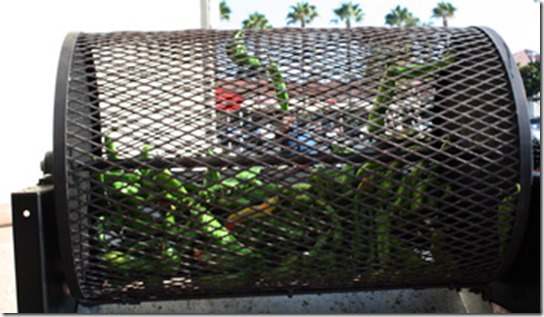
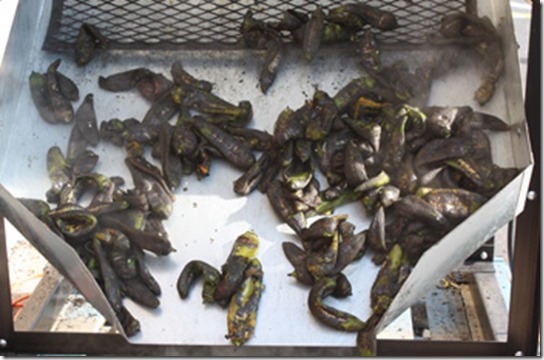
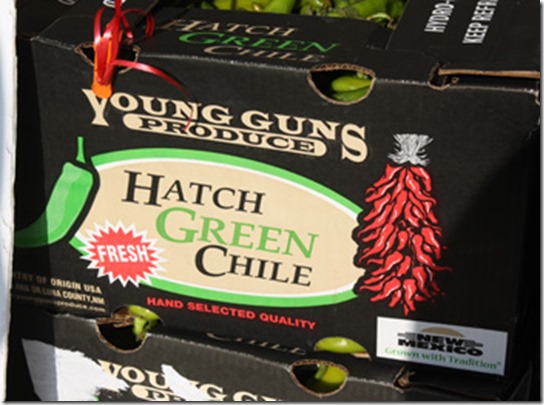
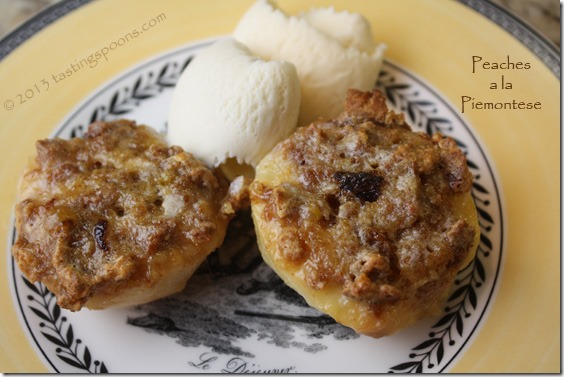
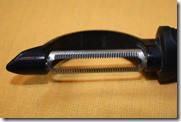
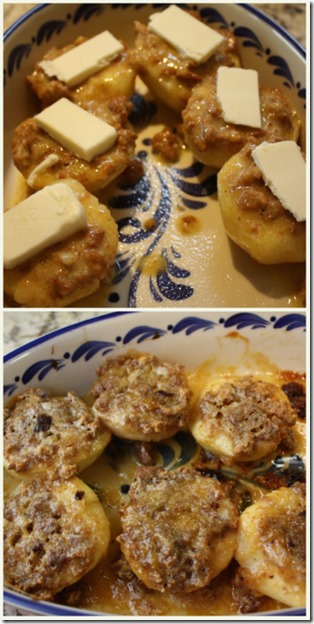
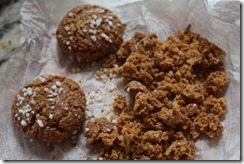
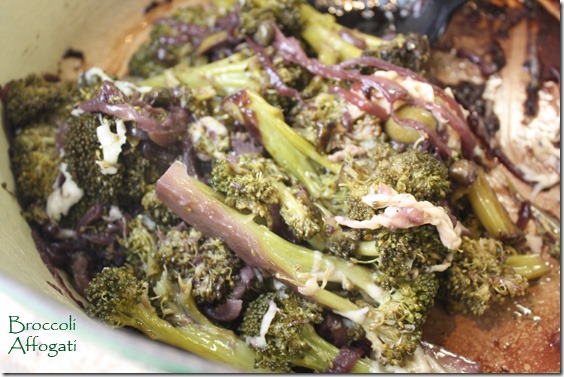
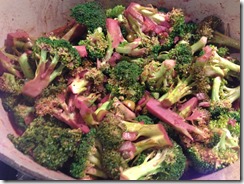
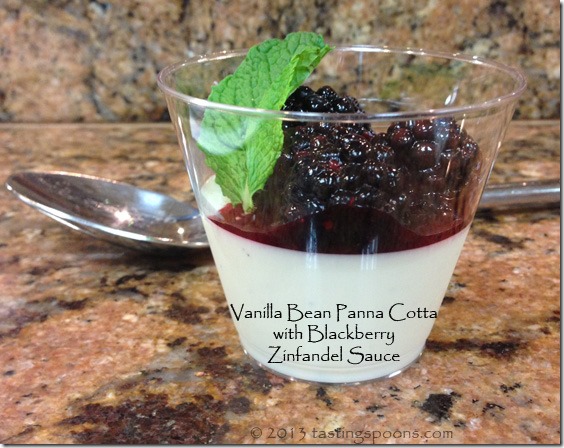
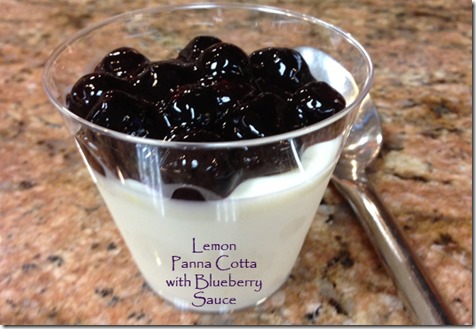
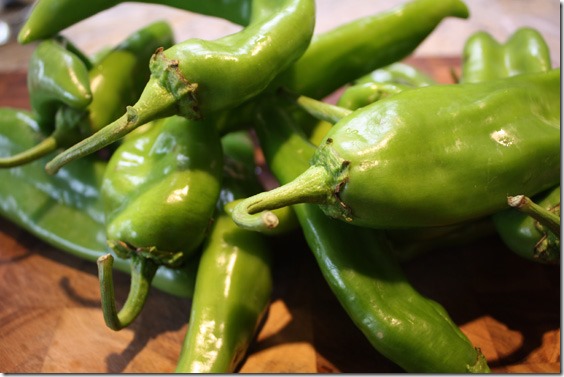

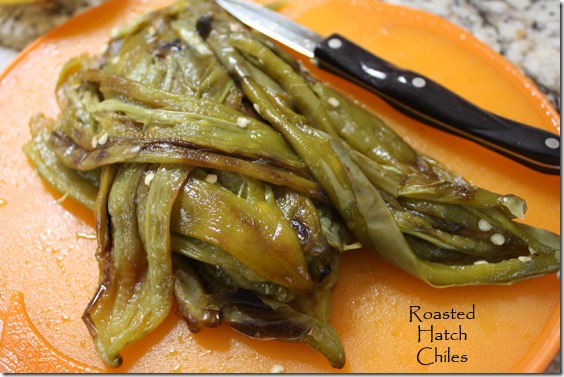
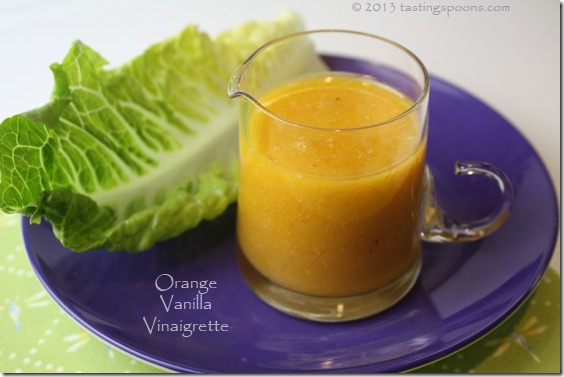
Leave a Comment!